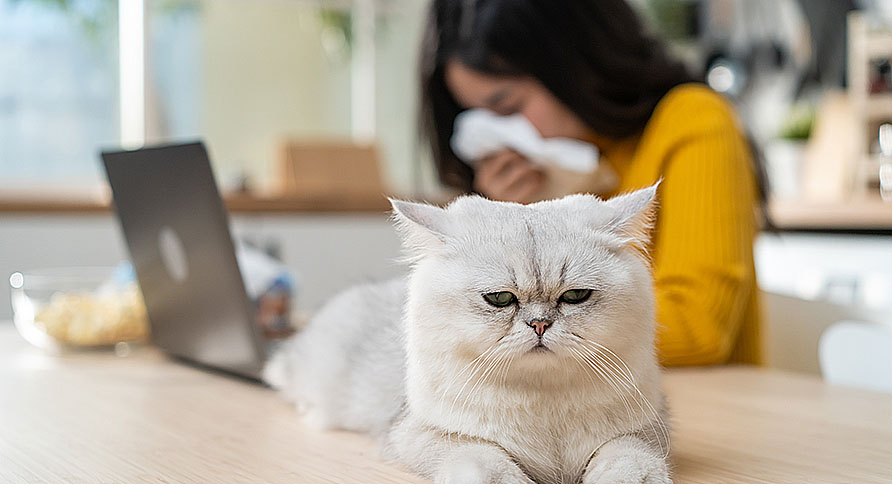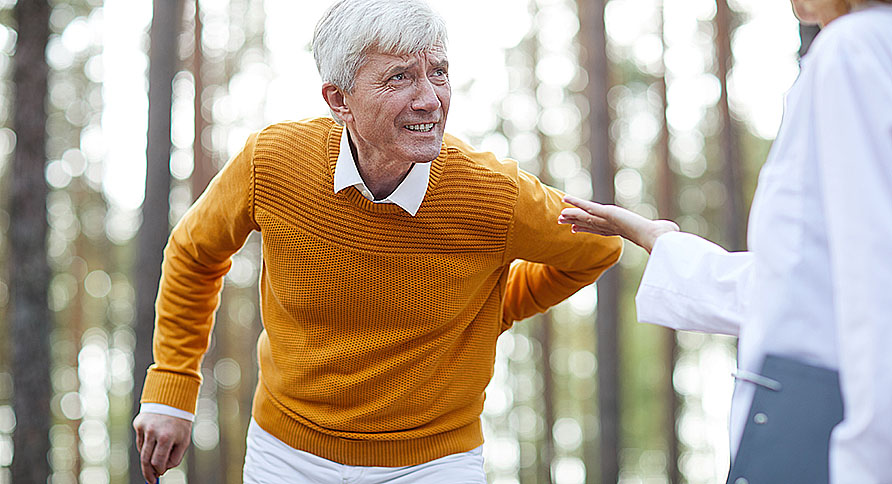There are more ways than one by which you can lose your breath, but losing it in your sleep can have detrimental effects. Here is everything a guide to obstructive sleep apnea. If the problem is affecting your sleep, you must consult a sleep doctor Silver Spring.
What Is Obstructive Sleep Apnea?
“Apnea” is a Greek word that translates to “breathlessness”. Usually, when you fall asleep, your breathing is regular and there’s no “obstruction”. You inhale from the nose, the air goes into the larynx and then you exhale from the same passage. It’s pretty self-explanatory.
However, a condition where the air passage can be blocked and causes the air to get trapped in the throat is known as obstructive sleep apnea. Sleep apnea is essentially the stopping of breathing when you’re asleep. Usually, breathing starts like normal again after a couple of seconds, but if it doesn’t, then it can cause you to wake up with a start. Now that’s scary if you think about it.
Obstructive sleep apnea is caused when the throat muscles experience a blockage or obstruction and that prevents the air from passing to and from the passage smoothly. This can lead to a break or pause in the breathing. Again, it’s not very serious because the muscles automatically get rid of the obstruction and you can breathe normally again. However, in some cases, the pause can be greater than a minute and that can cause you to wake up suddenly. What follows after is a restless sleep and inability to fall back into dreamland, because you have that lingering fear in the back of your mind.
Causes Of Obstructive Sleep Apnea
What’s interesting is that there is no definitive cause of sleep apnea. It can occur at any time and anyone can fall victim to this issue, whether or not there’s a medical history in your family.
As far as obstructive sleep apnea is concerned, there can be a couple of causes that could explain why the throat muscles suddenly get obstructed and lead to the inability to breathe.
- Firstly, there’s obesity. If you’re extremely overweight, then your throat muscles can get squeezed from the surrounding muscles and when you go ahead and lie down, you will feel pressure on your throat, which can ultimately collapse or become obstructed, when your whole body is lax and you’re sleeping.
- Another reason might be the structure of your head. Usually, people have different head shapes and that could alter the way the throat works, especially when it’s time to fall asleep and that can cause the air passage to become obstructed, hence leading to obstructive sleep apnea.
- If you sleep in weird positions or don’t keep your head elevated, then that can also lead to obstructive sleep apnea. The relaxed muscles will move down and will lead to obstruction in the air passage.
- Older people, those who are above the age of 50, have a higher chance of falling victim to sleep disorders. The main reason is that with age, the muscles start to loosen even more and there’s no elasticity in the tissues surrounding your throat. This can cause the throat to get blocked, especially while you’re sleeping and sleep apnea can occur.
So, if you are worried about your sleep and want to get yourself checked for obstructive sleep apnea, then a sleep study can be scheduled with your doctor.
Symptoms Of Obstructive Sleep Apnea
Now that you know what obstructive sleep apnea is, you can pinpoint exactly what you’re feeling, with the help of these symptoms and signs.
- When you’re awake throughout the day, you might feel extremely tired and borderline fatigued. This is because you were unable to sleep, thanks to the obstruction that caused you to wake up suddenly.
- You will want to snooze during the day because you’ll feel like your eyes are closing and you’ll have no energy.
- If you suffer from anxiety, depression, and other mental disorders, then they can get aggravated when you haven’t had a good night’s rest.
- Your memory might be fuzzy and you’ll tend to forget about things.
- Your head will hurt a lot. It could be a cross between a normal headache and a migraine, but the underlying cause is inadequate sleep the night before.
- You might or might not snore. Snoring is not a characteristic symptom associated with sleep apnea, because people can also experience breathlessness even if they don’t normally snore.
- You might wake up in the middle of the night randomly with no memory of why you did it in the first place.
- You can’t feel your breath stopping. This is something that your spouse or partner will be able to tell. They will suddenly feel like you’ve stopped breathing and that can be pretty alarming.
- As soon as you wake up, you might feel like your chest is constricted, or you’ve just caught your breath. Some people also describe the feeling to be similar to that of heartburn.
- Loss of focus, concentration, or a shorter attention span is noticed in people who suffer from obstructive sleep apnea. It can also graduate into more serious brain-related issues.
Treatment For Obstructive Sleep Apnea
There is no “cure” for obstructive sleep apnea. However, here are some treatments as well as preventative measures for obstructive sleep apnea, that can help you get a good night’s rest:
Oral Pieces
Try oral pieces for sleep. These contraptions help to keep your mouth slightly open so that the pressure can be regulated. If the pressure is optimum, then there won’t be any obstruction during sleep.
CPAP Machine
CPAP machines are also used by obstructive sleep apnea patients. These machines also regulate the pressure and prevent the blocking of air passages.
Weight Loss
As for preventative measures, if you’re overweight, then try to shed weight. It’s been found out that the patients who lost weight, experienced a significant decrease in obstructive sleep apnea and that they slept peacefully.
Keep Your Head Elevated
Another thing you can try is to keep your head elevated. If you normally use one pillow, stack two on top of each other and sleep on the elevated surface. It will keep your head in a perfect position and it won’t cause obstruction or blockages in your throat.
Find The Right Sleep Position
You can also try out different sleep positions. If you usually sleep on your stomach, try to switch to your back. You’ll feel a difference in no time. Several sleep positions can also lead to obstruction in the throat.
Nerve Stimulators
Nerve stimulators can also be used on the underside of the tongue. This allows the tongue to extend forward slightly so that it doesn’t put any weight on the windpipe while you are sleeping.
This is done by triggering the hypoglossal nerve. It’s the nerve that controls the movement of the tongue. A nerve stimulator will prevent the tongue from relaxing on top of the throat so that you can sleep better and not wake up suddenly.
Conclusion
Obstructive sleep apnea, even though it’s not life-threatening, can still be a worrying thing. Luckily, you know exactly how to combat the associated issues. You must visit a sleep clinic Clarksburg to get a treatment according to the severity of the problem.



